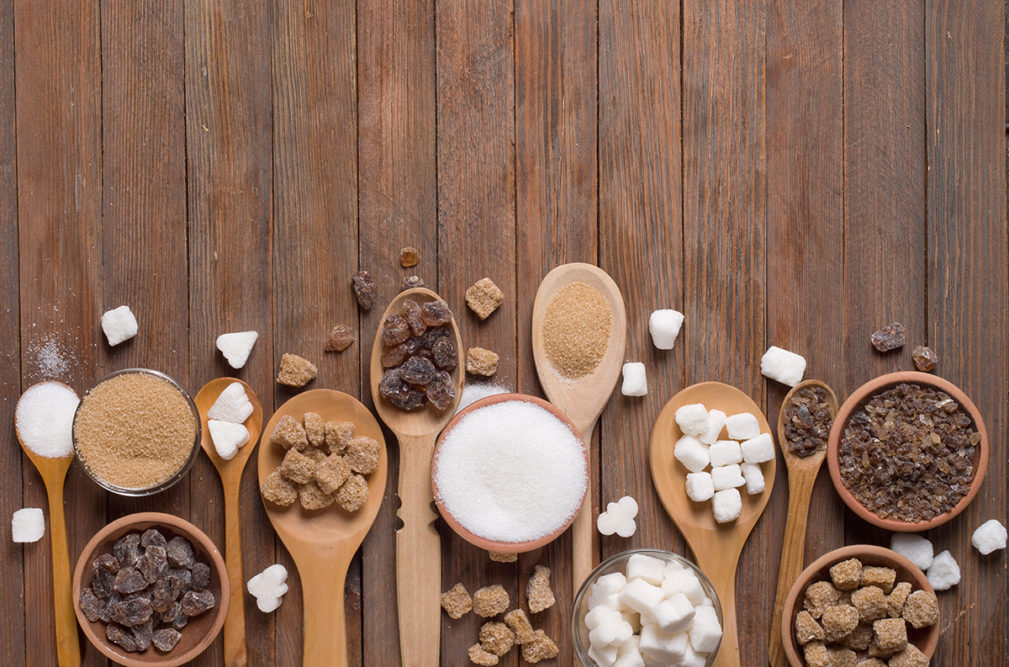Many bakers opting for an alternative sweetener turn to stevia, which has held the largest share of the natural sweetener market behind sugar for years. Approximately 200 to 400 times sweeter than sugar, stevia replaces sugar’s flavor in baked goods in smaller amounts and is more readily available on the market than other alternative sweeteners, all while being viewed more positively by consumers, said Courtney LeDrew, senior marketing manager, Cargill.
There are numerous stevia types derived from the stevia plant, and the two with the most preferred flavor profile, Reb M and Reb D, are common in baked goods. But improved stevia varieties are emerging as well.
ADM, for example, recently introduced Sweetright Stevia Edge-M, which offers improved sweetening, less bitterness and greater solubility compared to Reb M. Isolated directly from the stevia leaf as opposed to being produced through fermentation, the ingredient can be listed as a stevia leaf extract on product labels, further appealing to label-conscious consumers.
“SweetRight Stevia Edge-M also has the benefit of cost savings when compared to Reb M and Reb D,” said Sarah Diedrich, global marketing director, sweetening and texturing solutions, ADM.
Howtian similarly offers “drop-in” stevia-based solutions to match the functionality of sugar, as well as non-nutritive sweeteners and other bulking agents, said Michelle Yin, technical lead, Canada, Howtian.
Because stevia is used in small amounts, bakers will likely need to combine it with these bulking agents and additional sweeteners to provide necessary structure and a rounded taste profile to their product.
“For example, a combination of soluble corn fiber and stevia can provide the necessary bulk replacement along with the sweetness enhancement needed with stevia,” noted Justin Kanthak, director of business development for Batory Sweetener Solutions. “Other ingredients such as allulose can provide bulk along with sweetness, at roughly 70% of the sweetness compared to sucrose.”
The Food and Drug Administration (FDA) in 2019 exempted allulose from labeling requirements for added sugars, and it has since grown in popularity. The sweetener is often combined with stevia or monk fruit as a clean label, 1-to-1 sugar replacement, Mr. Wang said.
Erythritol is another zero-calorie sweetener that pairs with stevia and other high-intensity sweeteners to provide necessary mouthfeel and bulk, said Dave Lindhorst, technical services manager, Cargill. On the stevia side, Cargill offers ViaTech stevia leaf extract and EverSweet stevia sweetener.
“Erythritol rounds out their sweetness profile, creating a more sugar-like sweet taste,” he said.

